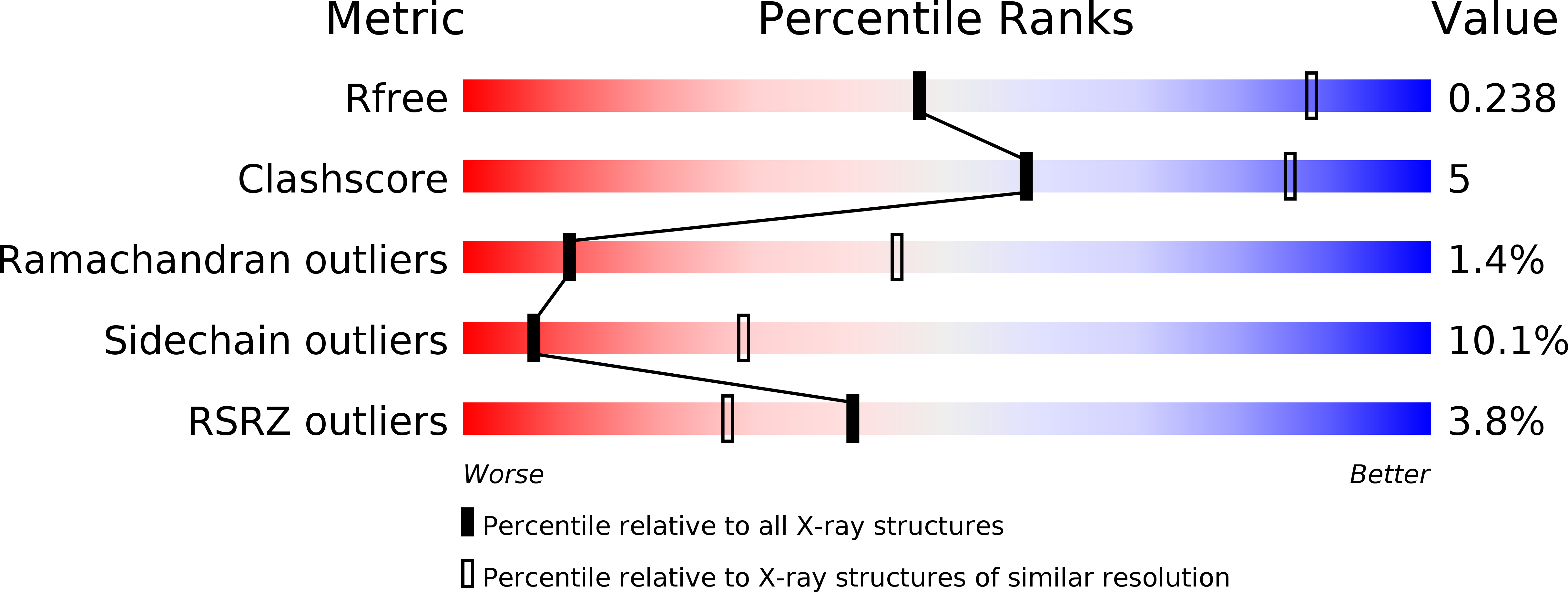
Deposition Date
2014-11-21
Release Date
2015-03-11
Last Version Date
2024-10-16
Entry Detail
PDB ID:
4X0F
Keywords:
Title:
Crystal structure of crosslink stabilized long-form PDE4B in complex with (R)-(-)-rolipram
Biological Source:
Source Organism:
Homo sapiens (Taxon ID: 9606)
Host Organism:
Method Details:
Experimental Method:
Resolution:
3.22 Å
R-Value Free:
0.22
R-Value Work:
0.17
R-Value Observed:
0.18
Space Group:
P 32 2 1


